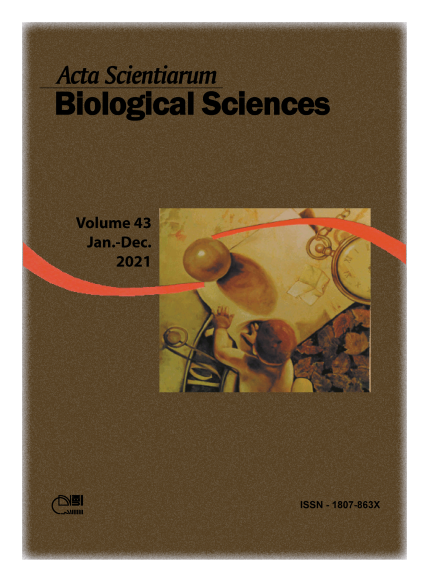Vascular plants on inselberg landscapes in Espírito Santo state: bases for the creation of a protected area in southeastern Brazil
Abstract
Inselbergs are granitic or gneissic rocky outcrops prevalent in the landscape of southeastern Brazil. These ecosystems represent islands of isolated habitats that harbor a peculiar flora with high richness and endemism. The present study lists the species of vascular plants occurring in the Pedra da Andorinha Complex, located in the municipality of Jerônimo Monteiro/Cachoeiro de Itapemirim, southern Espírito Santo state, aiming to generate subsidies for the creation of a protected area. The survey was performed between July 2017 and October 2018, resulting in a record of 121 species, 96 genera, and 40 families. Bromeliaceae (17), Orchidaceae (12) and Fabaceae (10) were the richest families. The phytophysiognomy of exposed rock vegetation comprises a greater number of species (79 species) compared to the woody rupicolous communities (42). Eighteen of the collected species are threatened by extinction; a new species was discovered; and five were described based on materials previously collected in the studied location — Alcantarea patriae, Anthurium martinellii, Coleocephalocereus uebelmanniorum, Stigmatodon attenuatoides and Pitcairnia azouryi, the first four being endemic to the region. We also found Tabebuia reticulata, a rare species among Brazilian flora. Our results highlight the biological importance of the Pedra das Andorinhas Complex and reinforce the need to create a protected area to preserve biodiversity and the regional natural heritage.
Downloads
DECLARATION OF ORIGINALITY AND COPYRIGHTS
I Declare that current article is original and has not been submitted for publication, in part or in whole, to any other national or international journal.
The copyrights belong exclusively to the authors. Published content is licensed under Creative Commons Attribution 4.0 (CC BY 4.0) guidelines, which allows sharing (copy and distribution of the material in any medium or format) and adaptation (remix, transform, and build upon the material) for any purpose, even commercially, under the terms of attribution.
Read this link for further information on how to use CC BY 4.0 properly.












1.png)




3.png)













